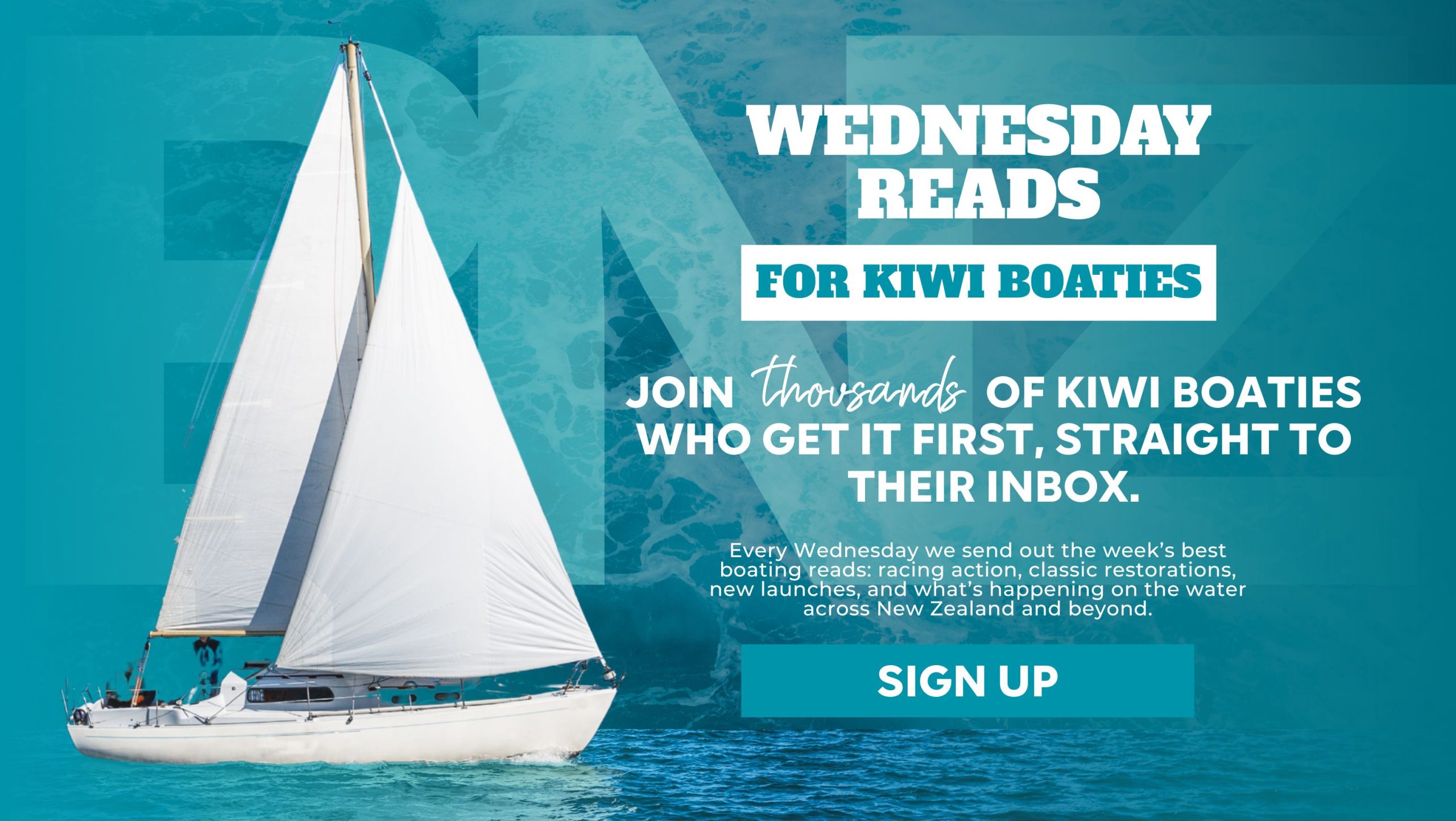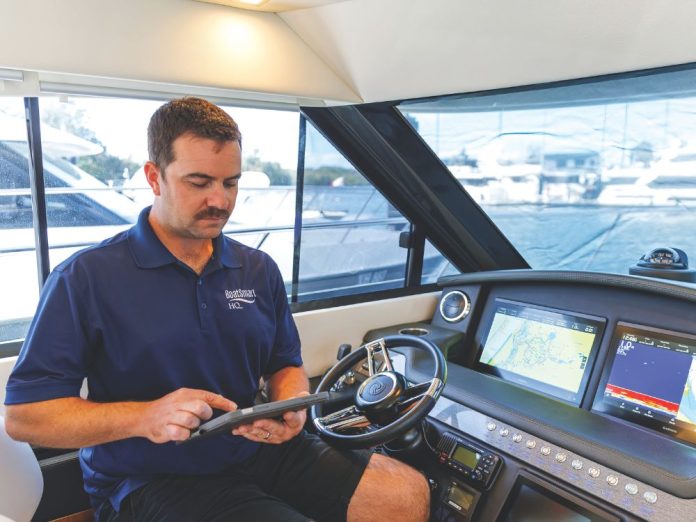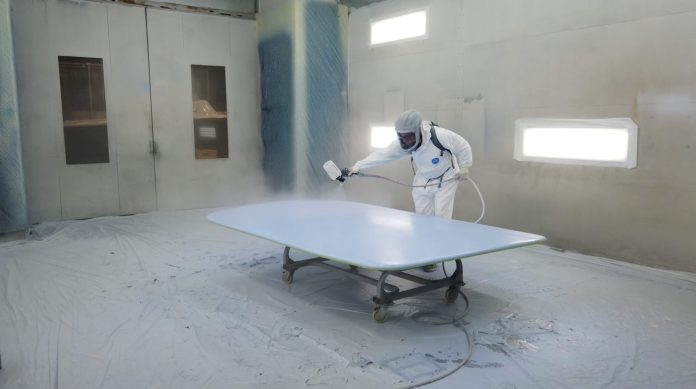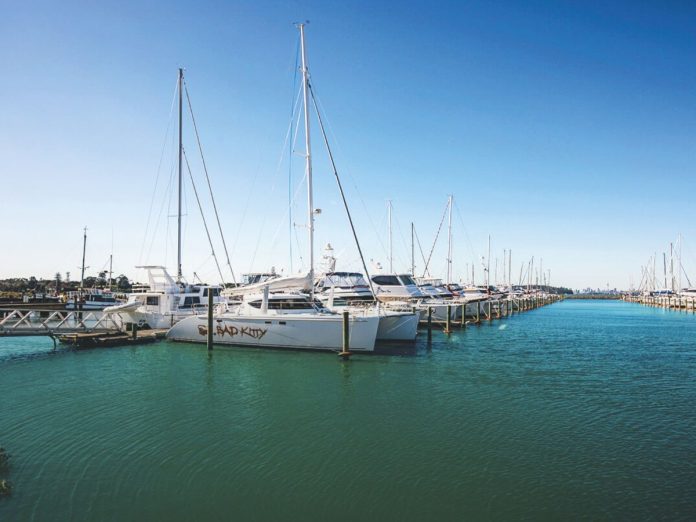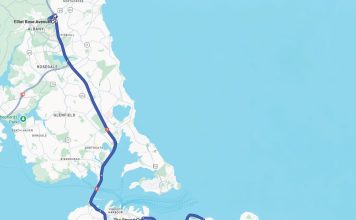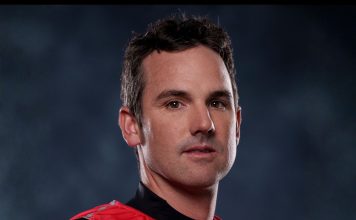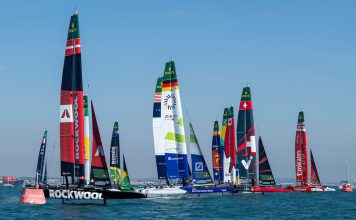If you’re planning to cruise the length of New Zealand or venture beyond familiar waters, knowing where to refuel is crucial. While many marinas offer excellent facilities, only 56.9% provide fuel services, according to the Health of the Marina Industry survey. And while fuel is also available beyond the marina network, Great Barrier Island and Kawau Island, for example, it means that not every stop along your journey will have the fuel you need, making careful trip planning essential.
If you’ve ever been out on the water and felt that creeping anxiety about your fuel levels, you’re not alone. In 2022, NZ Marine estimated that New Zealand had just over 1.5 million boats, with around 44,810 new vessels added each year. That’s a significant number of boats navigating the country’s waters, and the total has likely increased since then. While many boaters are careful with their fuel planning, running out of fuel is one of the most common reasons for Coastguard callouts in New Zealand.<
Despite this, a 2020 Maritime New Zealand survey of 910 recreational boaters revealed some surprising insights into fuel awareness and behaviour:
Older boaties tend to be a bit more organised when it comes to fuel—they’re more mindful of how much they’re using and when they’ll need to top up.
If you own a larger powerboat, you’re probably even more aware of fuel consumption and the importance of refuelling before it’s too late.
Interestingly, boaties from Hawke’s Bay seem to think about running out of fuel more than those from other regions. Maybe it’s down to local conditions, or maybe they’re just extra cautious.
Despite all this, only about one in four boaters actually check their fuel (included as part of a mechanical system check) while they’re out on the water. That’s likely because most stick to short trips and assume they’ll have enough to get back—until they don’t.
These statistics reinforce the importance of being fuel-conscious. Over the years, Coastguard units across New Zealand have responded to numerous calls for assistance from boaters who have run out of fuel. The Napier Coastguard regularly reports fuel-related rescues, and I know from watching the comings-and-goings of the Whangamata Coastguard that they have towed many stranded vessels back to shore due to empty fuel tanks.
The Golden Rule of Fuel Planning
To avoid becoming another Coastguard statistic, seasoned boaters follow the tried-and-true 1/3 fuel rule:
- One-third for the journey to your destination
- One-third for the return trip
- One-third reserved for contingencies
This simple approach ensures that you always have a safety buffer, especially if conditions change, you face unexpected delays, or you need to assist another vessel.
Having a solid understanding of where you can refuel will help you avoid unnecessary stress and keep your journey smooth. Whether you’re cruising for a day or embarking on an extended trip, plan ahead, keep your fuel levels in check, and enjoy the stunning waters of New Zealand without the worry of running dry.









